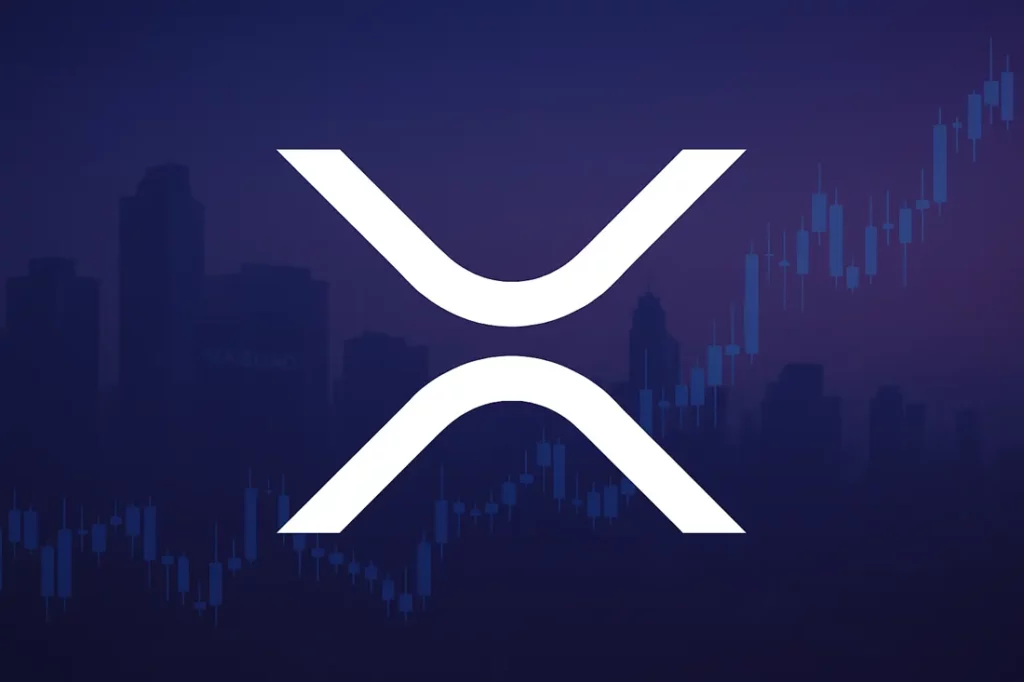
Ripple’s Chief Technology Officer, David “JoelKatz” Schwartz, has finally shed light on the disparity between the company’s numerous bank partnerships and the modest activity observed on its XRP Ledger (XRPL). In a series of responses to YouTuber Andrei Jikh, Schwartz addressed the long-standing concerns regarding the slow uptake in institutional flows being settled on-chain.
According to Schwartz, regulatory realities and institutional behavior are the primary obstacles hindering the migration of large-scale transactions onto XRPL. The CTO emphasized that even Ripple itself cannot utilize the XRPL decentralized exchange for payments due to the lack of visibility into counterparties’ identities. In essence, regulated entities require a controlled environment where they can guarantee the legitimacy of their partners.
Schwartz highlighted “permissioned domains” as a forthcoming solution aimed at resolving these compliance issues. By introducing a permissioned domain model, Ripple aims to provide a structured framework for institutional transactions, ensuring that counterparties are properly vetted and compliant with regulatory requirements.
Regarding the volatility of XRP, Schwartz countered that certain use cases may actually benefit from this characteristic, rather than being an outright drawback. Additionally, he underscored that users must have a reliable inventory of bridge assets to facilitate seamless transitions between different tokens, which in turn supports the necessity of a dominant bridge currency like XRP.
Schwartz also addressed the question of whether a single stablecoin could dominate all trading pairs. He posited that each stablecoin is anchored to a specific fiat currency and jurisdiction, leaving room for a neutral bridge asset like XRP to connect a long tail of tokenized assets.
The Ripple executive dismissed the notion that heavyweight firms such as BlackRock would simply create their own blockchain for tokenization purposes. Instead, he emphasized the importance of interoperability and portability across various networks.
Source: bitcoinist.com


